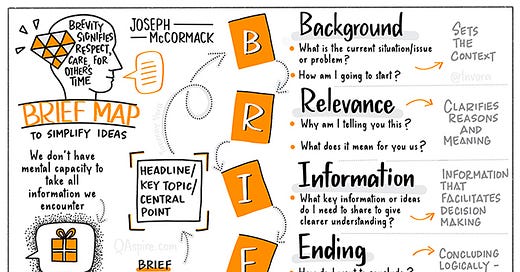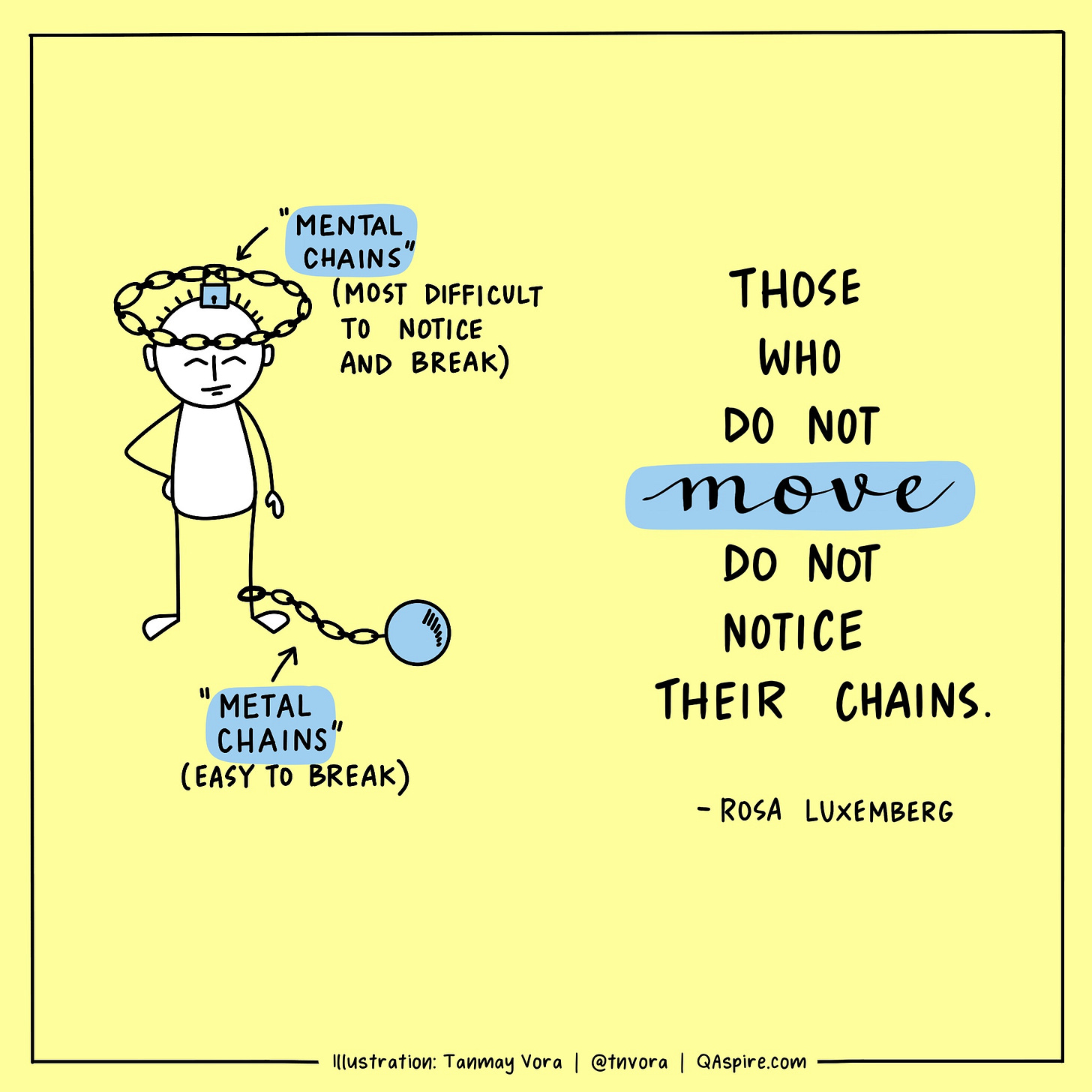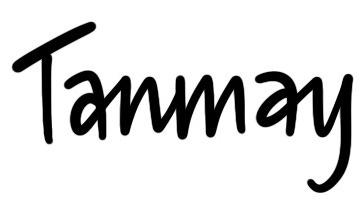Brevity is a Gift
We live in a world of information overload. In such a world, communicating with brevity is a gift to others.
In case you are new here:
Visit my work and blog at QAspire.com (blogging since 2006)
If you are keen to learn visual thinking and sketchnotes as a tool to learn, communicate with clarity and see/solve problems, check out and register for the immersive workshop happening on 24th Jan 2025.
Check out Visual Leadership Pack of HD Sketchnotes – a compilation of high-resolution sketchnotes covering 90+ powerful (and timeless) ideas to elevate your leadership and learning game. Ideal for coaches, leaders and learners.
Support my work by considering a paid subscription.
Brevity is Respecting Others
Over-explanation, too much of context setting and long meetings indicate lack of preparation before communication. For many of us, it is difficult to be brief when we write or talk. Long winded and unfocused conversations in meetings is a waste that costs us our focus and productivity.
Being brief when communicating is a sign of respect for the other person’s time. In the world of information overload, brevity is a gift.
In this context, I read Joseph McCormack’s book “Brief: Make a Bigger Impact by Saying Less” in 2018 for two reasons – I am passionate about improving communication in organizations and I aim for simplicity in my own expression. The book offered reasons why we fail to keep our communication short and some tools to enable brevity.
Why is it important to be BRIEF?
Our attention is challenged. All the well intentioned tools that connect us with family and friends, build communities and help us get the work done are the same tools that rob us of our attention. In work context, being brief without losing the essence can be a great service to others.
Obstacles to Brevity
The author outlines unconscious biases that pull us into long-winded conversations:
We love hearing our own voice and that makes it hard to be brief.
Expertise can lead you into technicalities and over-detailed explanations.
When we are too comfortable in the context/company, it is easy to go off the topic. The author says that feeling at ease makes us talk too much.
Not organizing thoughts before speaking can lead us to think aloud. When we think and speak at the same time trying to make sense of the topic ourselves, the audience receive blurred and incomprehensible messages.
Using BRIEF Maps to organize for Brevity
When leading large team of nearly 600 people back in time, communication was my key focus area since my job was to help people do better, create strong teams, ensure strategic alignment, build a strong culture and foster a sense of purpose amongst different functional teams.
BRIEF Maps outlined in the book served me really well in organizing my thoughts before any predetermined communication opportunity.
BRIEF stands for Background, Reasons or Relevance, Information for Inclusion, Ending, Follow-up Questions/Thoughts. Thinking about some of these aspects and having my thoughts written down in a notepad/card helped me structure my communication better.
Since the model helped me, I created a sketchnote version that can be used as a quick reference/tool. The book is a recommended read for some of these tools that it offers.
From My Journal
I love this quote from Rosa Luxemberg because the chains that bind us are mostly not “metal chains” but “mental chains.”
It helps to remain conscious of our limiting beliefs and biases. It helps to shift our frames of reference, expand perspectives and remain curious about new possibilities.
Celebrating World Sketchnote Day 2025
World Sketchnote Day is celebrated each year on 11th January. Sketchnotes transformed how I process and share ideas. They transformed how I lead, learn and facilitate.
On this occasion, here is a conversation I had with
on the Sketchnote Army podcast. Mike’s work and books inspired me to try creating sketchnotes in 2015. I hope you enjoy it.That’s it for this edition. Thank you for subscribing and reading.







I'm a rambler, I find it very hard to be brief. I can see there are reasons to use brevity, but honestly I love to read a ramble as much as I like to write them.
Of course it depends on what you're writing about as to when to use it, so I did appreciate this post.